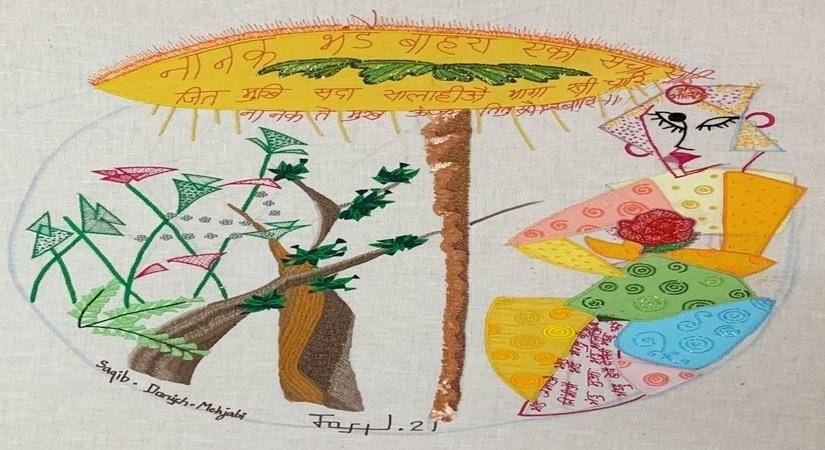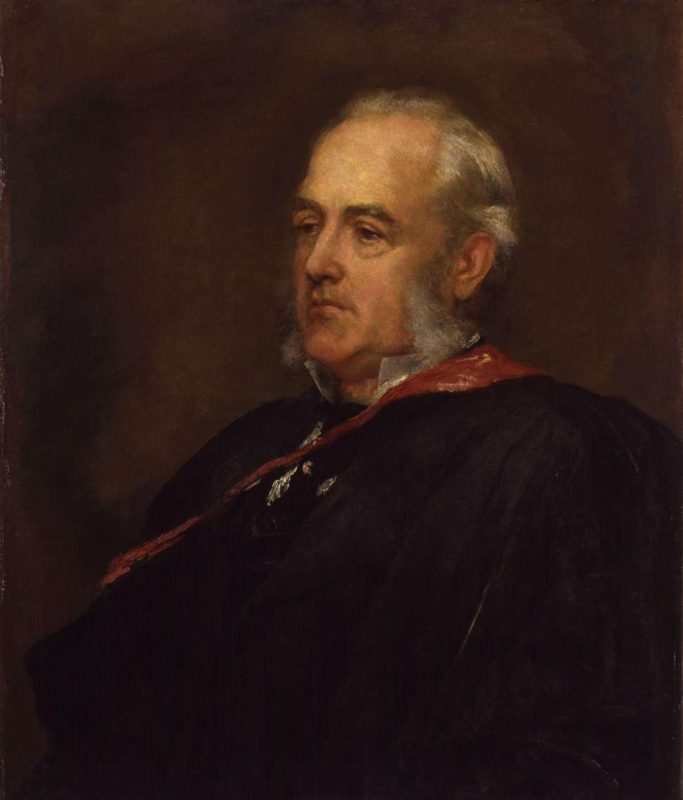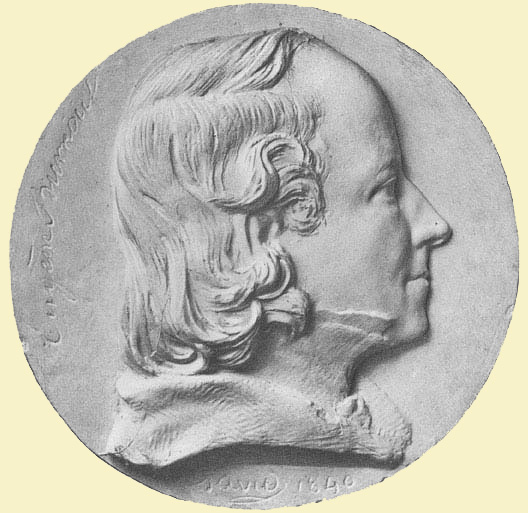It is an attempt to capture the understanding that both of them make when working in tandem. This possibly makes it an artwork…reports Olivia Sarkar.
The art series, “Paradigm of Oneness,” is the artist, Dr Kalra’s internal dialogue, a journey of art as a personal expression. His art is not about deciphering or finding reasons but simplifying the complexities. The intangible and invisible spirit become a manifestation in this series through the verses that become symbolic of the beauty of nature.
This personal expression of setting text in artworks has been part of Dr Kalra’s style for more than a decade. When his mother left for her eternal journey, it transformed into an interpretation. The artworks have metaphors and signs that not only take forms but also attempt to express the essence through iconography.
The word ‘Sab Tera’ is colloquially also interpreted as ‘terah’, or thirteen, and in keeping with this concept, thirteen Shabads have been taken to create this series of artworks. The Oneness of Humans, Gender, Nature, Universe, Divinity, and the Value of Sharing are all addressed in Shabads by Baba Nanak, Kabirdas, and Sheikh Farid. This series encourages the soul to reflect on itself. Each stroke or piece of artwork is a process of discovering and comprehending the Divine through His creations.

The engagement with the artisan at Sangraha Sacha Sauda Atelier transfers the artist to a state of bliss as the minds and expressions connect. It is an attempt to capture the understanding that both of them make when working in tandem. This possibly makes it an artwork.
Through the words of Dr Kalra, and through the medium of embroidery, I work towards the discovery of spiritual realism and the truthfulness of my soul. Shabads, with their full grace, have been lovingly sketched and embroidered in zardosi and chikankari.”
Dr Kalra’s relationship with the pencil and colours began at a young age. His artistic expression was not restricted to flat surfaces; from the age of fifteen, he began creating three-dimensional artworks for the theatre. He went on to earn a professional degree in design and pursued graduate, master’s, and doctoral studies in the field. Throughout his education and afterwards as an academician, he maintained an interest in art and a passion for workmanship.









